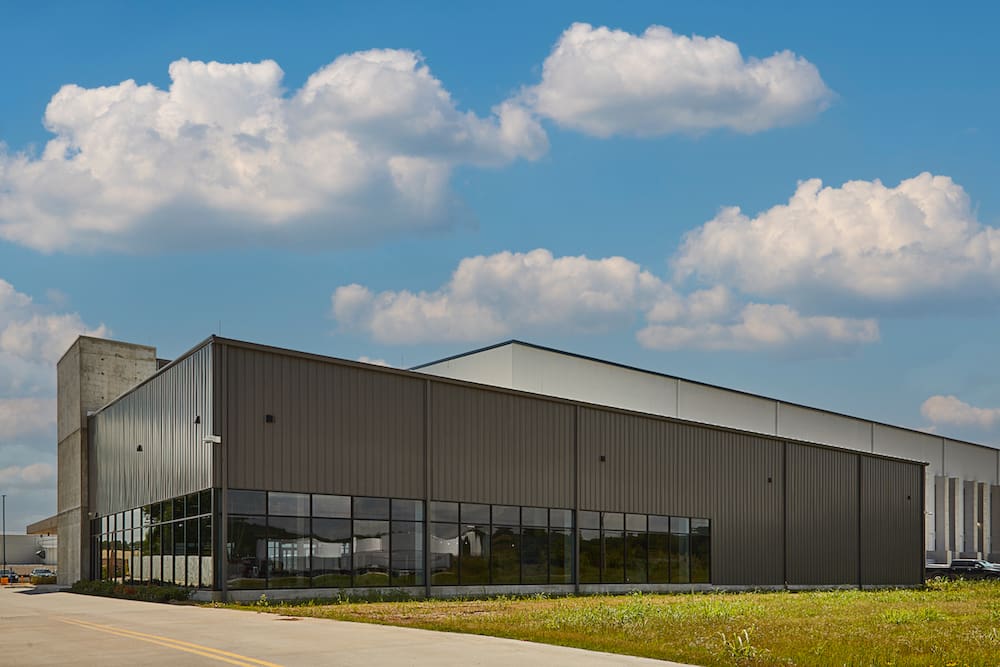Net Zero Construction: What It Is and How to Achieve It With a PEMB
The goal of reducing emissions of greenhouse gasses (GHG) to net zero has become a priority for industries of all types, including construction. That means achieving a balance between the amount of GHG added to the atmosphere and the amount removed from it. Innovations in technology have put this goal within reach—even for large structures such as pre-engineered metal buildings (PEMB).
The main greenhouse gas contributing to atmospheric warming is carbon dioxide (CO2). It is also the most common byproduct of energy consumption in the developed world. Carbon-based fuels, such as coal, oil, gasoline, diesel fuel, and natural gas, release CO2 into the atmosphere when burned. So, efforts to reduce CO2 emissions necessarily involve seeking alternative energy sources to replace these traditional ones.
Builders today have numerous ways to reduce CO2 emissions in the operation of the structures they create. Here are some of the most promising areas:
Renewables
In contrast to carbon-based fuels, some energy sources are self-replenishing as well as emission-free.
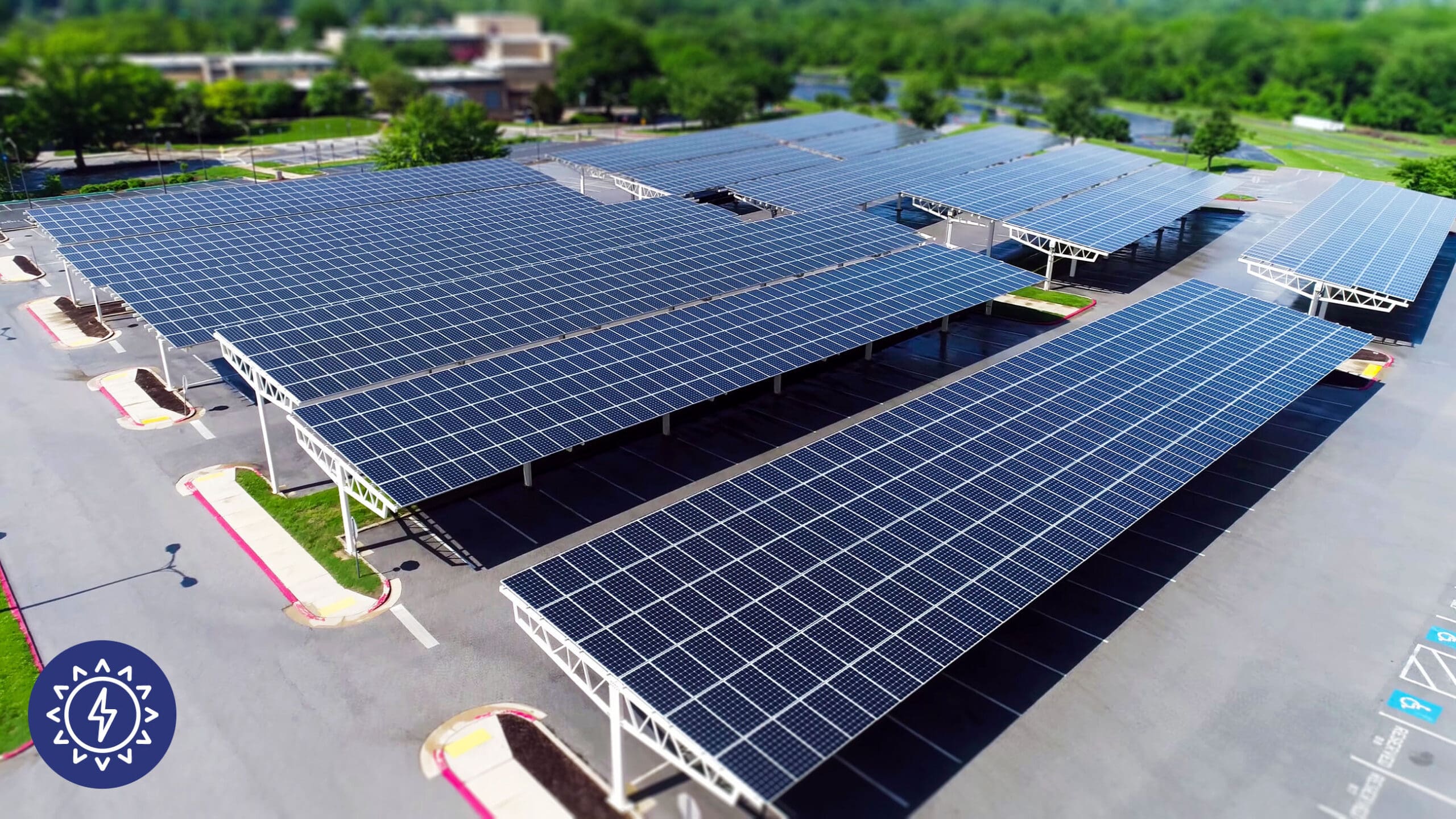
Solar energy is the most commonly used renewable for both residential and commercial properties. Solar panels can now be seen on homes and commercial buildings virtually everywhere. Most are roof-mounted, but ground-mounted panels are also an option when space allows. And many parking lots nowadays have solar panel canopies. This feature accomplishes two goals at once—providing shade and protection for cars on hot or stormy days while generating electricity at the same time.
Solar panels contain photovoltaic cells that capture the sun’s radiation and transform it into usable electricity. Contrary to what some believe, solar panels can still produce energy on cloudy days—just not as efficiently. (The water molecules in clouds diffuse the sun’s radiation, scattering it in different directions, so less of it reaches the solar panels.)
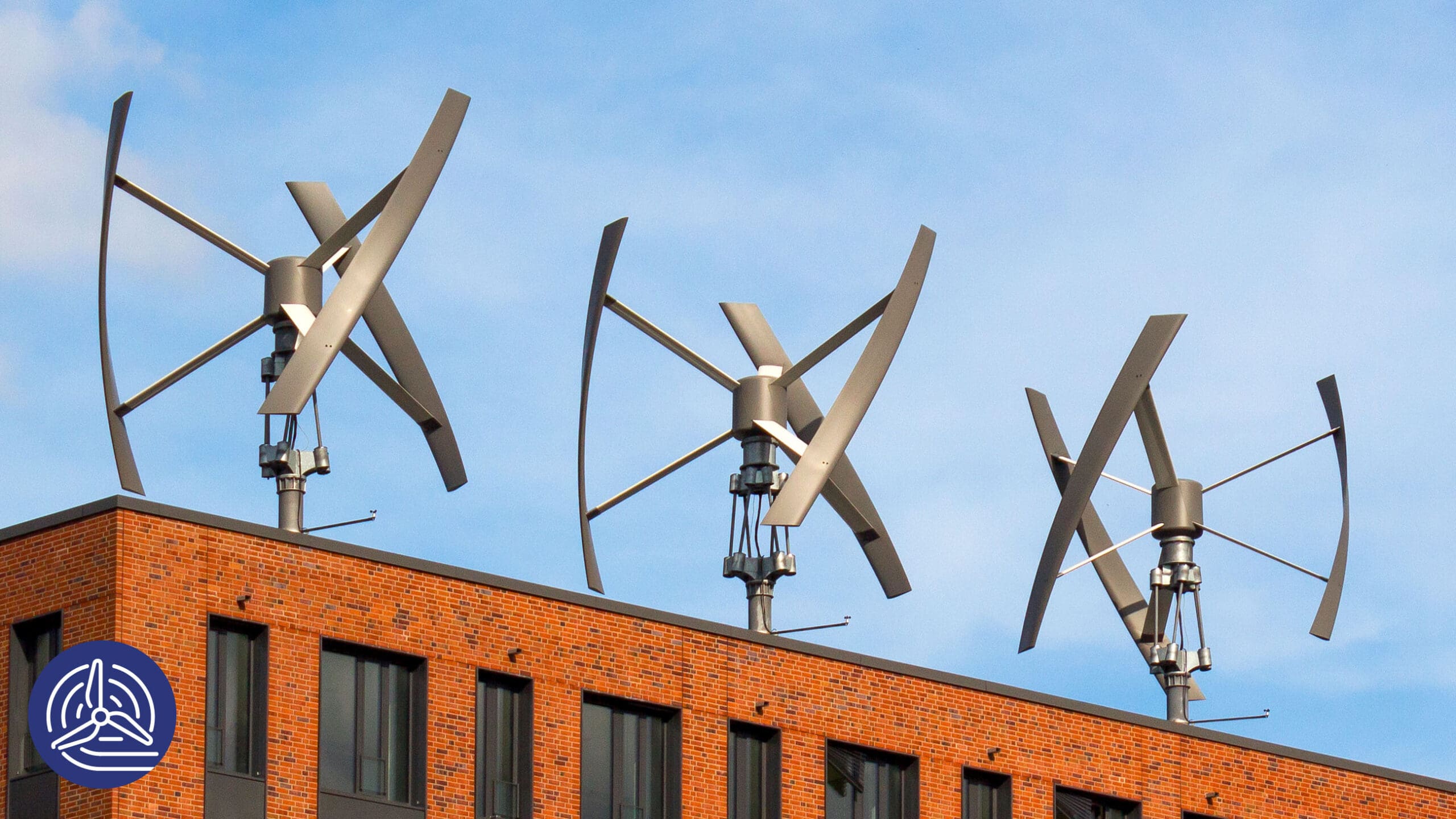
Wind farms are usually seen on large parcels of land where wind is relatively constant (e.g., the Great Plains and mountain passes in California). But there are wind turbines designed specifically for use on commercial buildings. The bladeless system developed by Aeromine Technology is now making use of rooftop space to enhance the energy profile of numerous companies, reducing their costs as well as carbon emissions.
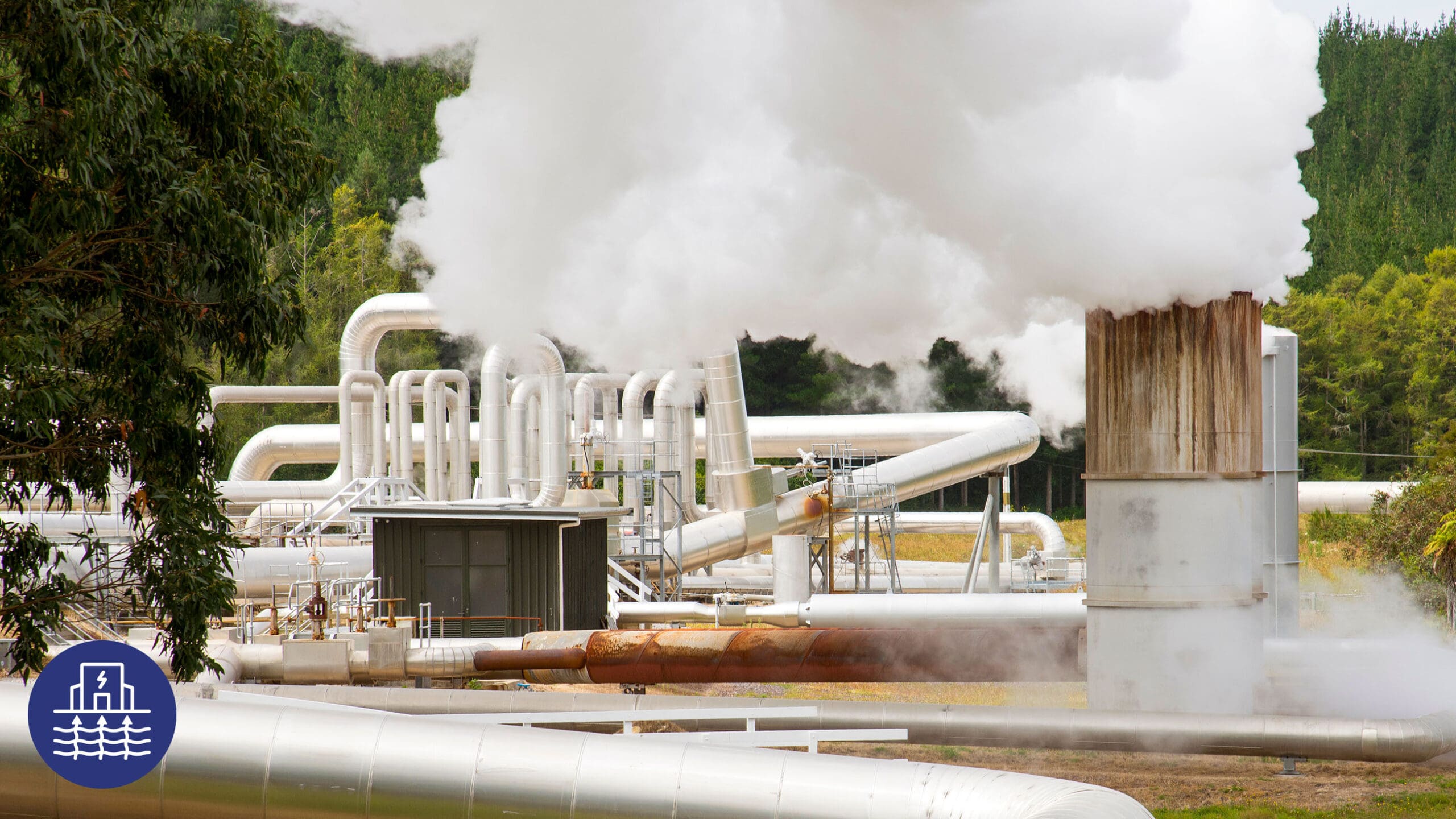
Geothermal and biopower represent two additional promising frontiers in renewable energy, although their use is limited in the commercial sphere.
As conditions permit, PEMB builders can make use of all these features in designing their structures.
Energy-Efficient HVAC
Heating and air conditioning account for a large proportion of a building’s energy consumption. Fortunately, recent technological innovations make today’s HVAC systems more energy efficient than ever:
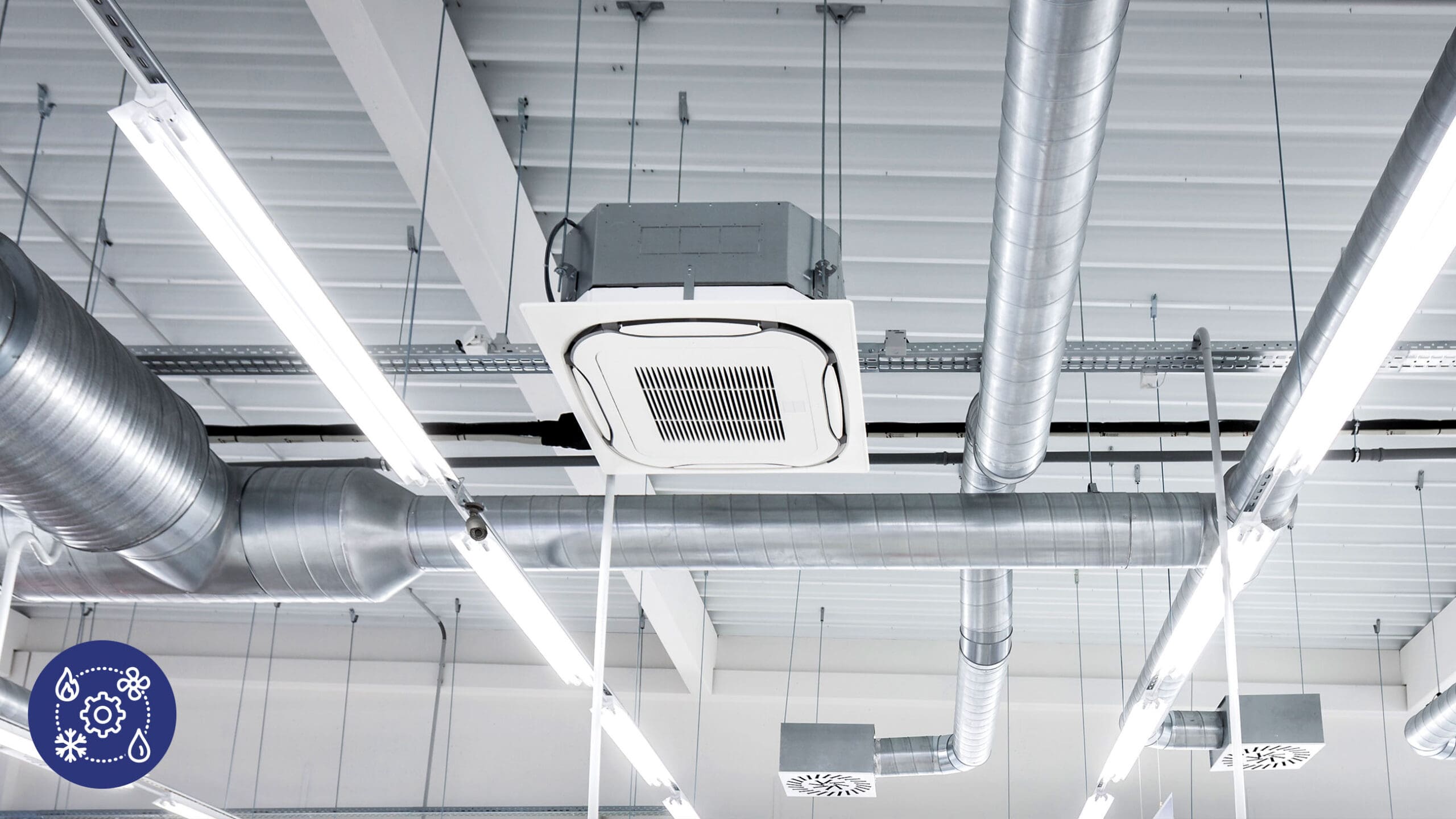
- Smart HVAC systems can “learn” the preferences of various users and adjust settings automatically. These systems connect to the internet and use sensors and controls to regulate temperatures based on weather conditions and occupancy.
- Variable Refrigerant Flow (VRF) systems enable users to control temperature settings individually in different zones of a building. This reduces the waste of unnecessary cooling or heating, which is so common in large structures. Advanced heat recovery technology enables cooling to occur in one zone while another is heated. All these features contribute to enhanced energy efficiency.
- Geothermal heat pumps are among the most ingenious and efficient HVAC systems in use today. They require no fuel, produce no emissions, and consume only enough energy to power the associated electrical devices. A few feet below the surface, ground temperatures stay remarkably constant, between 50 and 59 degrees. Geothermal systems take advantage of these temperatures to cool and heat structures at the surface as needed. To cool a structure, the geothermal heat pump pipes fluid into the ground. Heat is transferred from the fluid into the ground and the cooled fluid ascends to the surface to cool the building. For heat, the opposite transaction takes place: fluid that is affected by cold air temperatures absorbs the relatively warmer temperature of the ground. That heat is extracted and concentrated, allowing for heat up to 100 degrees Fahrenheit.
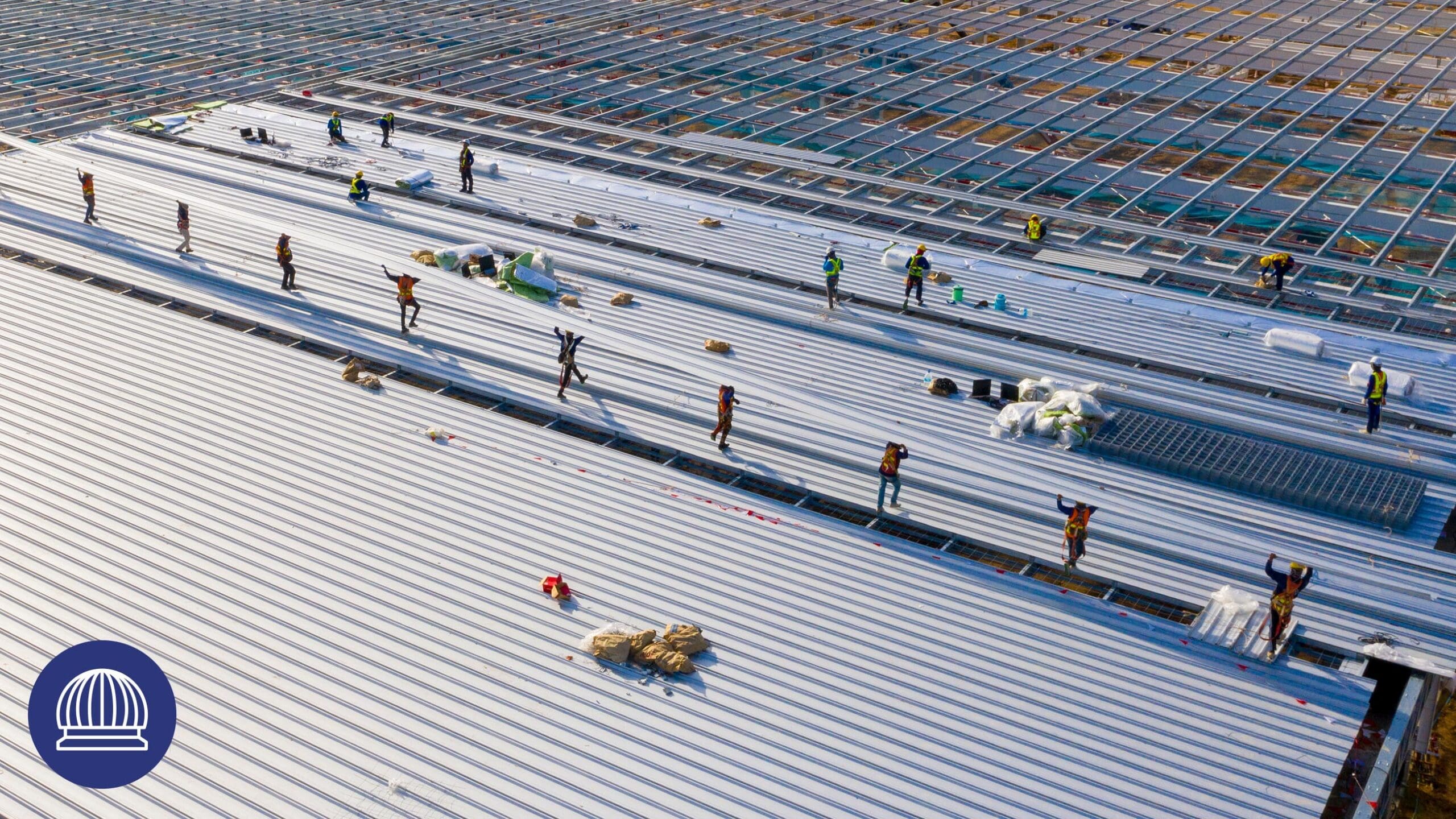
Energy-Efficient Roofs
A building’s roof is the surface most exposed to the sun’s radiation. So, during hot summer months, it makes sense to limit the heat absorbed by the roof. Cool roofs are the answer to this challenge.
Any of several materials can be used to produce a cool roof. Metal is one of the most effective materials for reflecting the sun’s radiation back into the atmosphere. And fortunately, metal roofs are also the most popular choice for PEMBs.
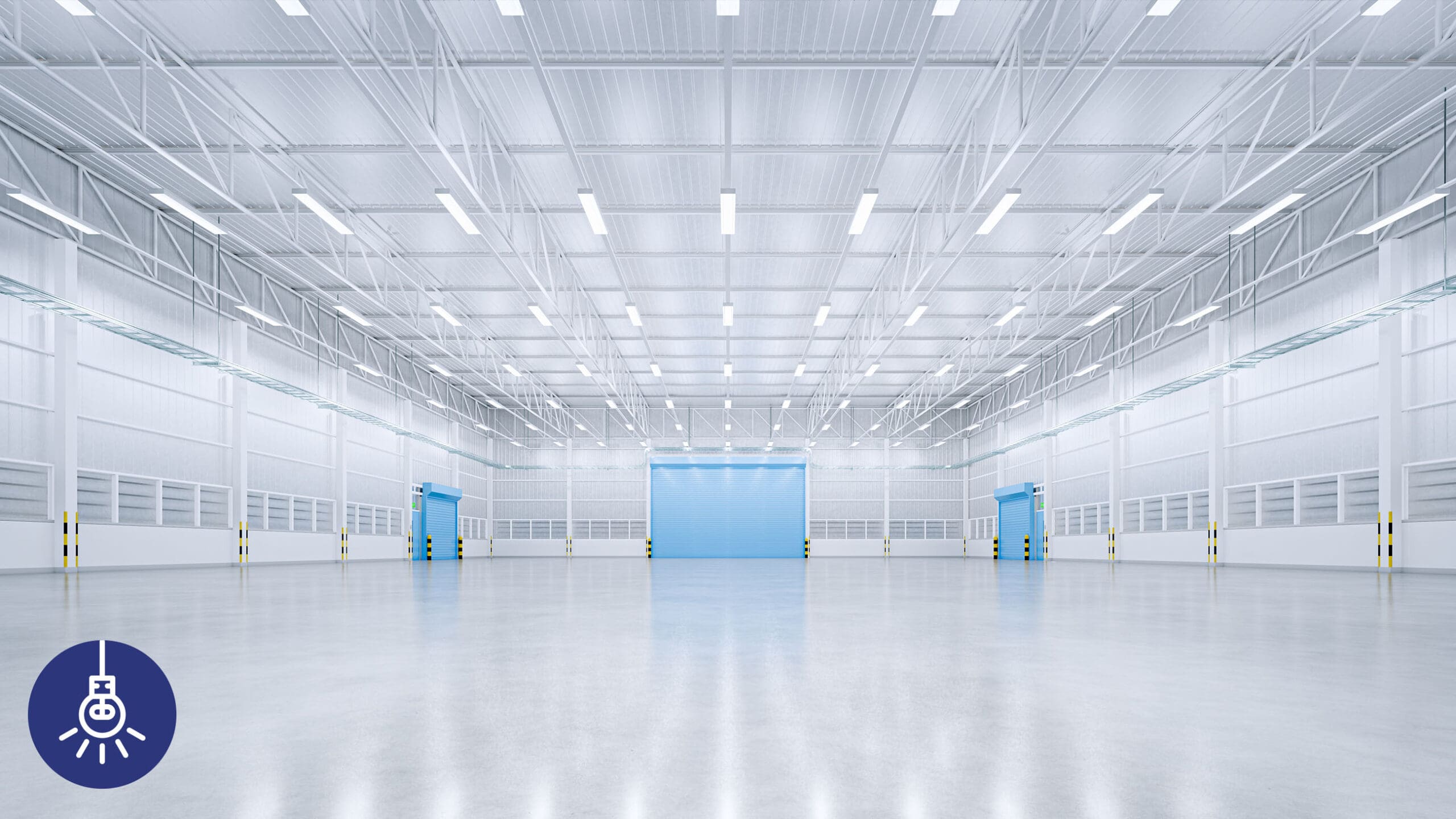
Energy-Efficient Lighting
Old fashioned incandescent light bulbs waste 90 percent of their energy through heat. Fluorescent tubes, already used in most commercial and industrial environments are four to six times more efficient.
- Compact fluorescent bulbs (CFB) deliver similar energy efficiency for uses that require less expansive lighting—such as for table or desk lamps. Whereas fluorescent tubes usually require ballasts separate from the tubes themselves, most CFBs have integral ballasts built in.
- Light-emitting diodes (LED) are even more efficient than fluorescent lights and produce better quality light. They can also last up to four times longer. LEDs are cool to the touch, as they emit virtually no heat. It’s no surprise that LED lighting is gaining rapidly in popularity.
- Daylighting is another straightforward solution to the problem of interior lighting. It involves the strategic placement of windows and skylights to reduce the need for artificial light.
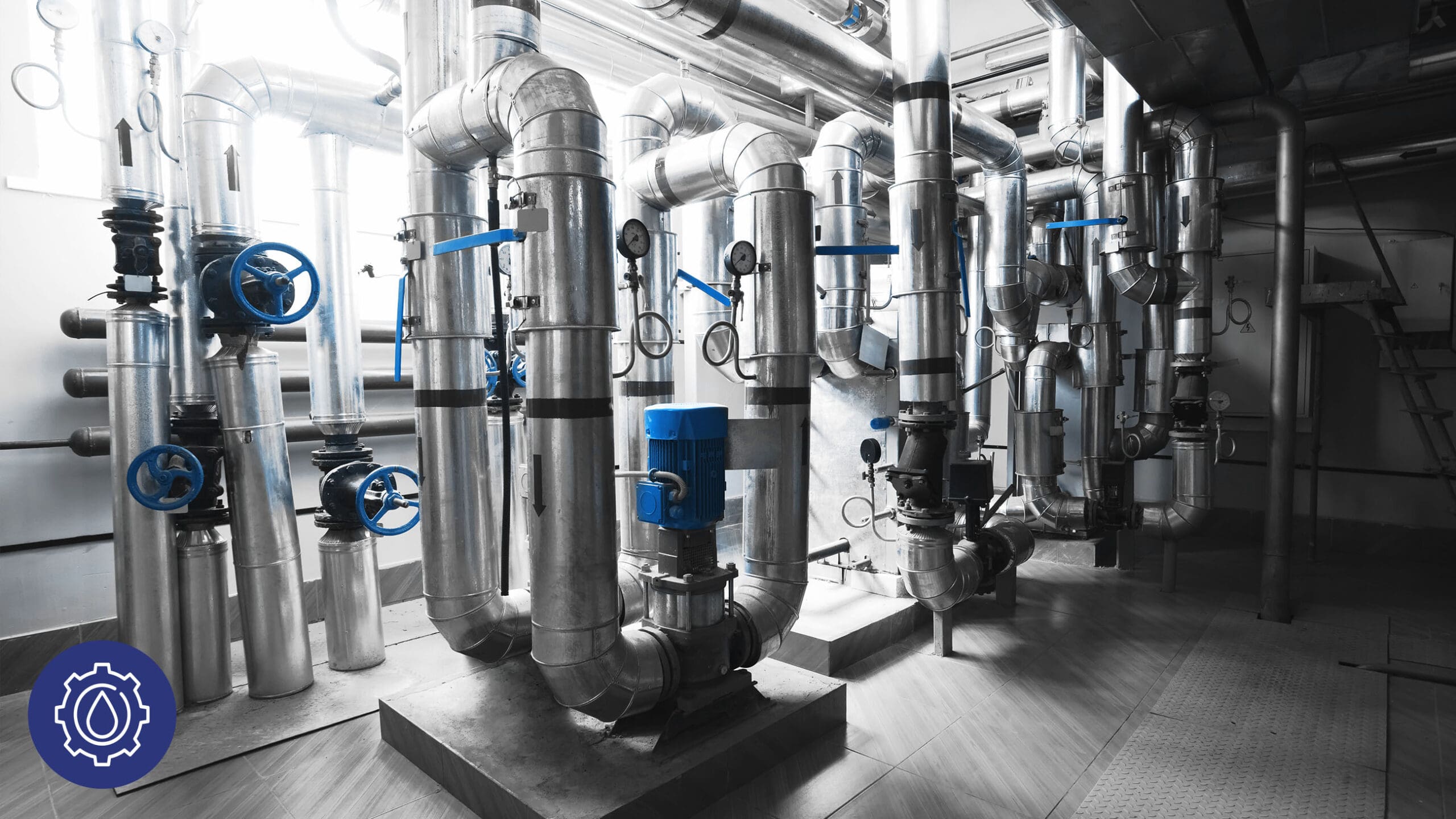
Energy-Efficient Water Systems
Heating or cooling water, in a PEMB or any other structure, is an energy-consuming process. There are several ways to make both processes more energy-efficient, contributing to the goal of a net-zero PEMB.
The same heat pumps used in geothermal heating and cooling can be incorporated to provide hot or cold water as needed. As with geothermal HVAC systems, water can be sent underground to transfer heat in or out.
Cooling towers, as the name suggests, transfer heat through evaporation and by bringing the water into contact with air.
Energy-efficient tankless water heaters also represent an improvement over traditional water heaters.
Any or all of these devices can be incorporated into a PEMB to enhance efficiency and reduce emissions.
These are a few of the ways a PEMB can reach the net-zero goal, and there are more! Fleming Construction Group is proud to be on the cutting edge of today’s energy-efficient technology.


